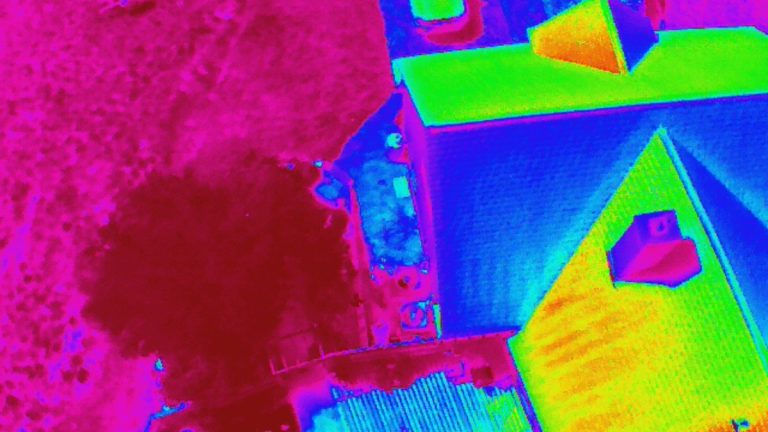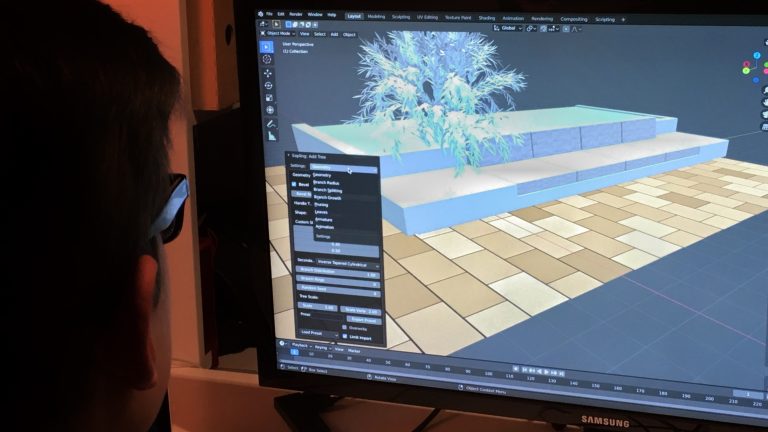Drone Technology for Construction Site Safety
A construction site is characterized by constant movement and potential hazards.
Federal statistics repeatedly show that construction work is among the most hazardous professions.
Minimizing these safety risks is on job sites is always the main objective.
However, let’s be realistic: human limitations and massive building projects often outgrow outdated safety methods.
If you’re overseeing projects in large areas, you know how vital a complete picture of the site conditions is.
Unmanned Aerial Vehicles give site managers that crucial bird’s-eye view, making their jobs much simpler, with significant cost savings while meeting project timelines.
Key Benefits of Drone Technology for Construction Site Safety
Below are the main ways drones improve safety on construction sites.
1. Aerial Inspections
Drones offer a significant advantage: with high-resolution cameras and other advanced sensors, they can inspect hard-to-reach areas that are inaccessible or even hazardous for human workers to access. They let us check out tall rooftops, unstable scaffolding, confined spaces or bridge supports, keeping construction workers safe.
Consistent flights catch problems like weak structures, loose parts, or faulty gear before they grow serious. Spotting problems early with drones is making construction sites safer.
2. Accurate Site Mapping and Construction Progress Monitoring
Construction drones are excellent at creating crisp 2D and 3D maps of any work environments. The data collection involves taking many photos to map out areas. Once drones capture this data, powerful software spring into action. They sculpt incredibly exact maps, showing off every rise, dip, and curve of the terrain. You’ll always know exactly where your tools, supplies, and even your team are.
With detailed maps from drones, you can easily check how much earth has moved or if new structures are rising. Just compare the latest scan to previous ones to see the work’s pace. We also identify minor errors before they become significant safety hazards. When we collect all the facts ahead of time, we can head off any potential holdups.
3. Asset Management
Properly accounting for all tools, supplies, and large apparatus improves both site security and operational effectiveness.
Drones, packing RFID scanners, make it easy to quickly find and keep tabs on equipment scattered across massive building sites. It maintains site and public safety, avoiding trips from tools left on the floor or falling items from stacked supplies.
A manager can send a drone overhead to swiftly confirm that workers in various locations are following safety rules, like wearing their protective gear.
4. Emergency Response

When trouble arises, a quick and smart response is crucial. We can launch drones right away to get an instant overhead look at the area. Imagine responders instantly seeing safe paths and finding those who need help. That quick sight protects us all.
Drones with thermal cameras find people, even when visibility is low or smoke is present. After an accident, a commercial drone flies in to check for building damage. This keeps human teams far away from any unstable, risky spots. This capability significantly reduces accidents during the most critical hours following an incident.
Getting Started with Drones on Construction Sites
Curious how to start a drone program to enhance safety on your construction site? Below is what you can do.
Training and Licensing
Great drone flying comes from operators with strong training and an official license. If you fly drones for business in the US, you must have your FAA Part 107 certification.
Getting certified shows you fly drones safely and follow the rules of airspace usage, as well as having a solid privacy policy and liability insurance.
Observing both municipal and national construction mandates, alongside strict air traffic regulations, necessitates perpetual attentiveness.
Choosing the Right Drone
Not all drones are suitable for the demands of a construction site. You’ll want models tough enough to face any hard situation. You need drones with a long flight time, a sturdy design, obstacle avoidance, and suitable sensors for the data you want to collect.
Many drones feature thermal cameras to detect heat issues or LiDAR sensors for creating highly precise 3D maps.
Integrating With Other Technology
To truly get the most from drone operations, integrate them right into your current safety guidelines and how you run projects. Businesses are now feeding drone information directly into their Building Information Modeling (BIM) programs allowing you see the complete and current picture of the building, exactly as it stands today.
Challenges and Considerations

Drones increase safety in many jobs. Yet, there are some challenges construction companies should be aware of.
For starters, how is the data collected handled? Because your personal details are so important, we have to offer a privacy policy that’s completely open.
Let’s get all the exact points in writing. We outline the personal details we collect, how we keep them secure, and how we utilize them, as well as which team members have access to view them.
Strong winds, heavy rain, or even snow can easily stop drones from flying. You need a robust flight preparation checklist that includes checking the weather forecast, as well as a solid backup plan in case of any incident. Have a strong backup ready for system crashes.
You’ll also find that paying for professional drones, advanced software, and skilled operators costs a lot.
However, companies often discover that the money they put in upfront pays off big time. Think fewer accidents, less spending on staff, and cheaper insurance bills – it all adds up to a profitable outcome.
Conclusion
In many ways drones totally reshape safety in the construction industry.
Drones provide aerial views and real-time reports that help construction projects proceed with heightened intelligence and reduced hazards.
Drones effectively find problems and help with progress monitoring. They also make emergency teams react much faster.
With drones improving, we can expect them to even take on more roles in enhancing efficiency and safety in the construction industry.





